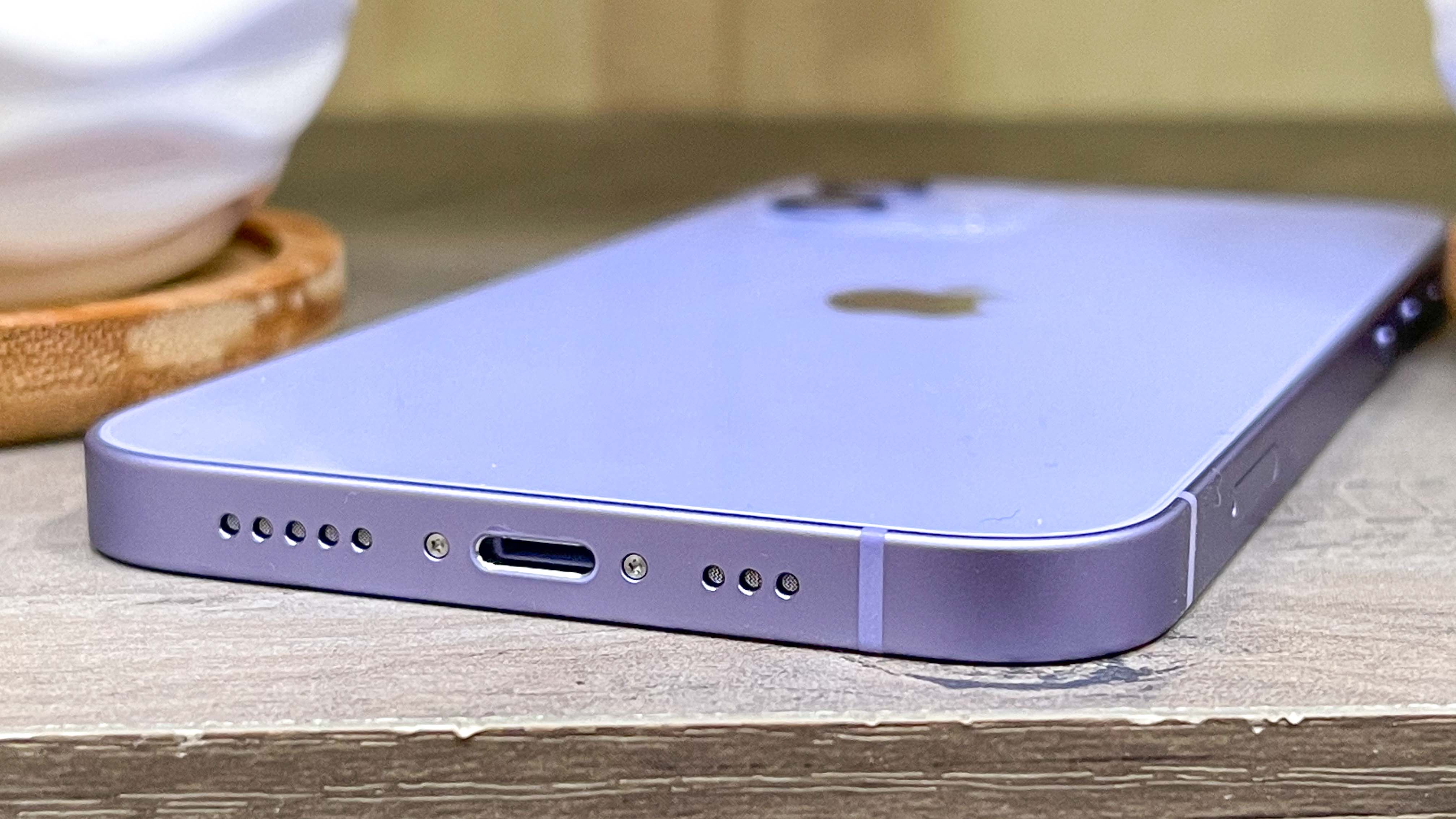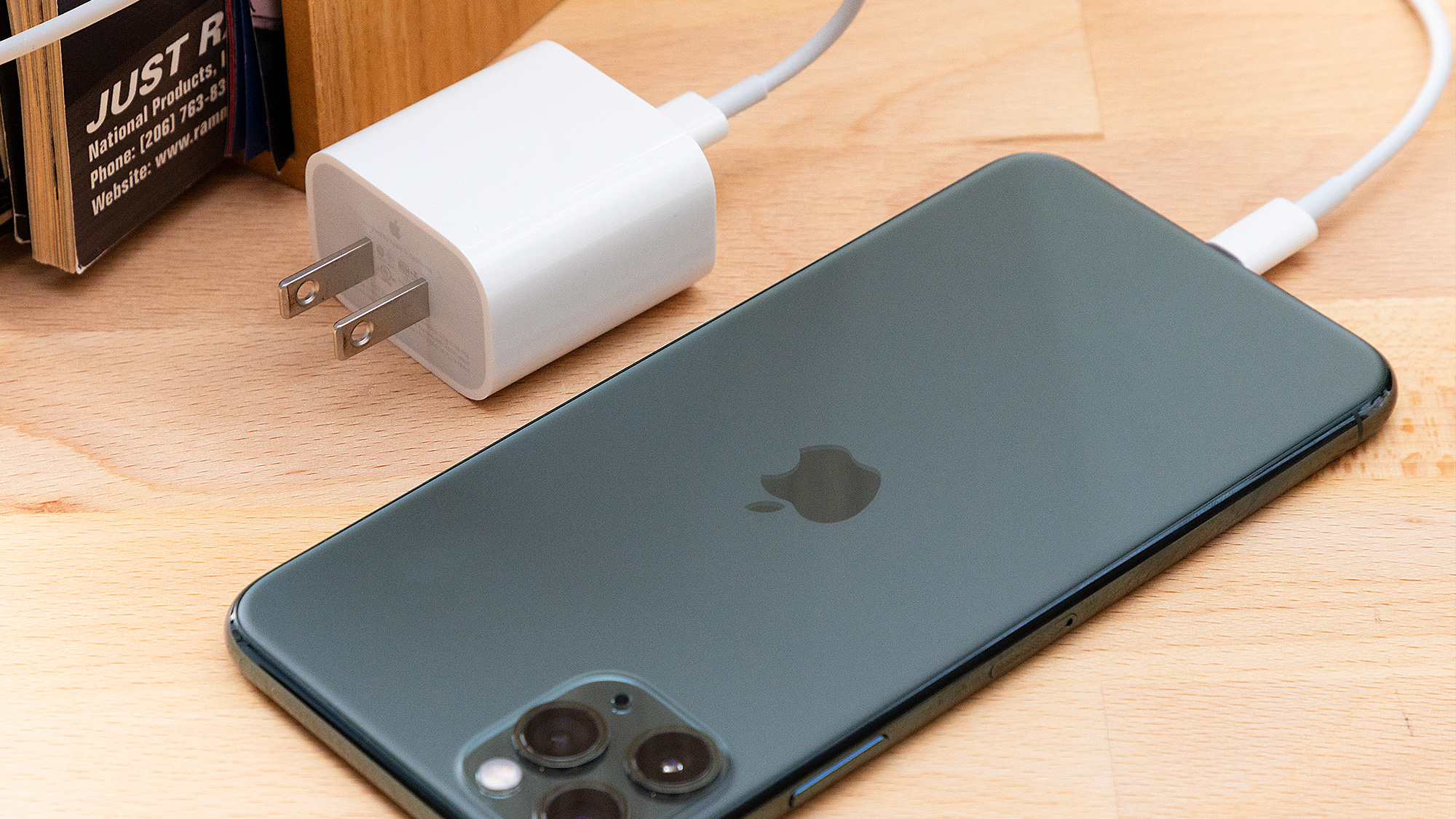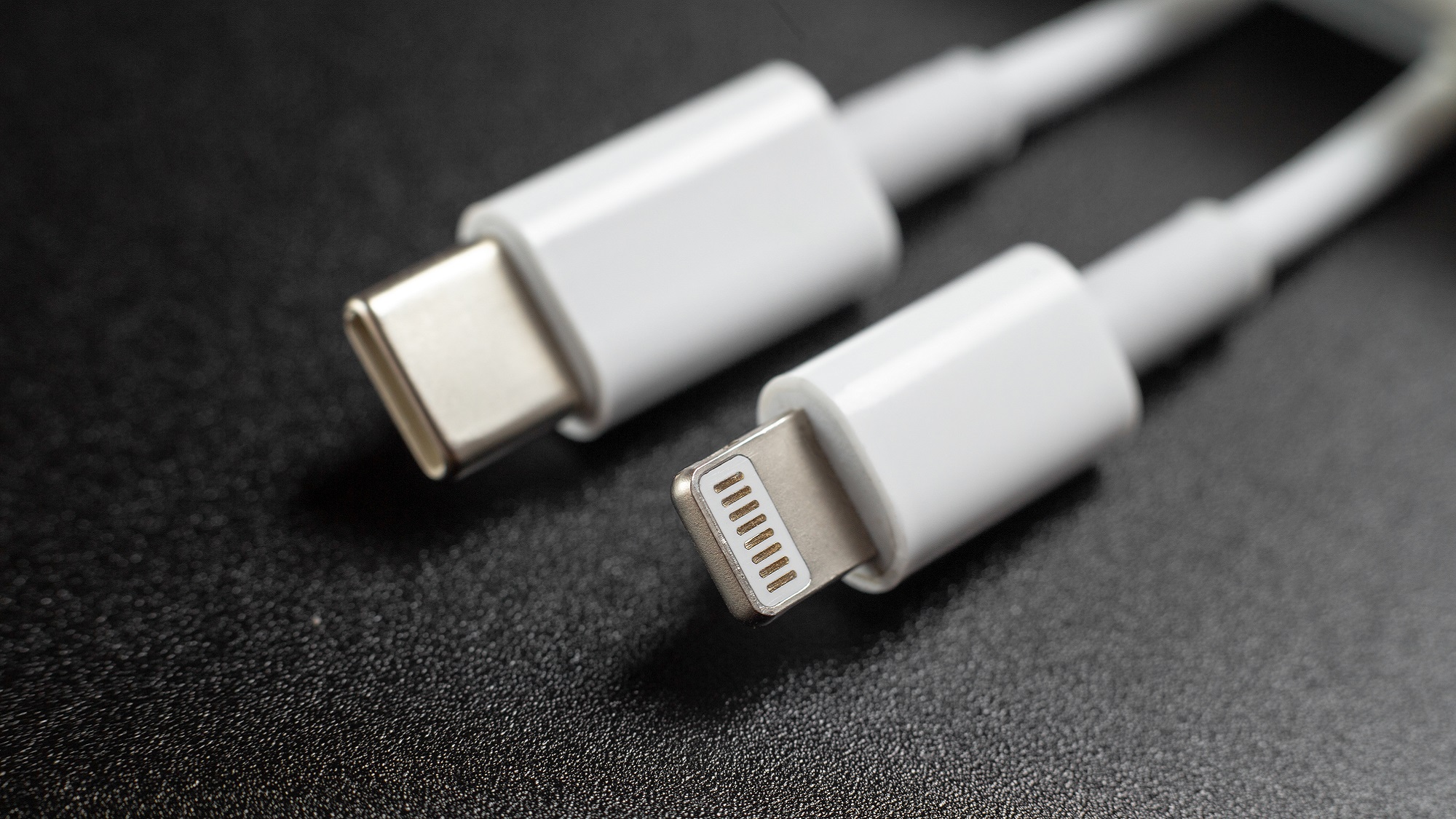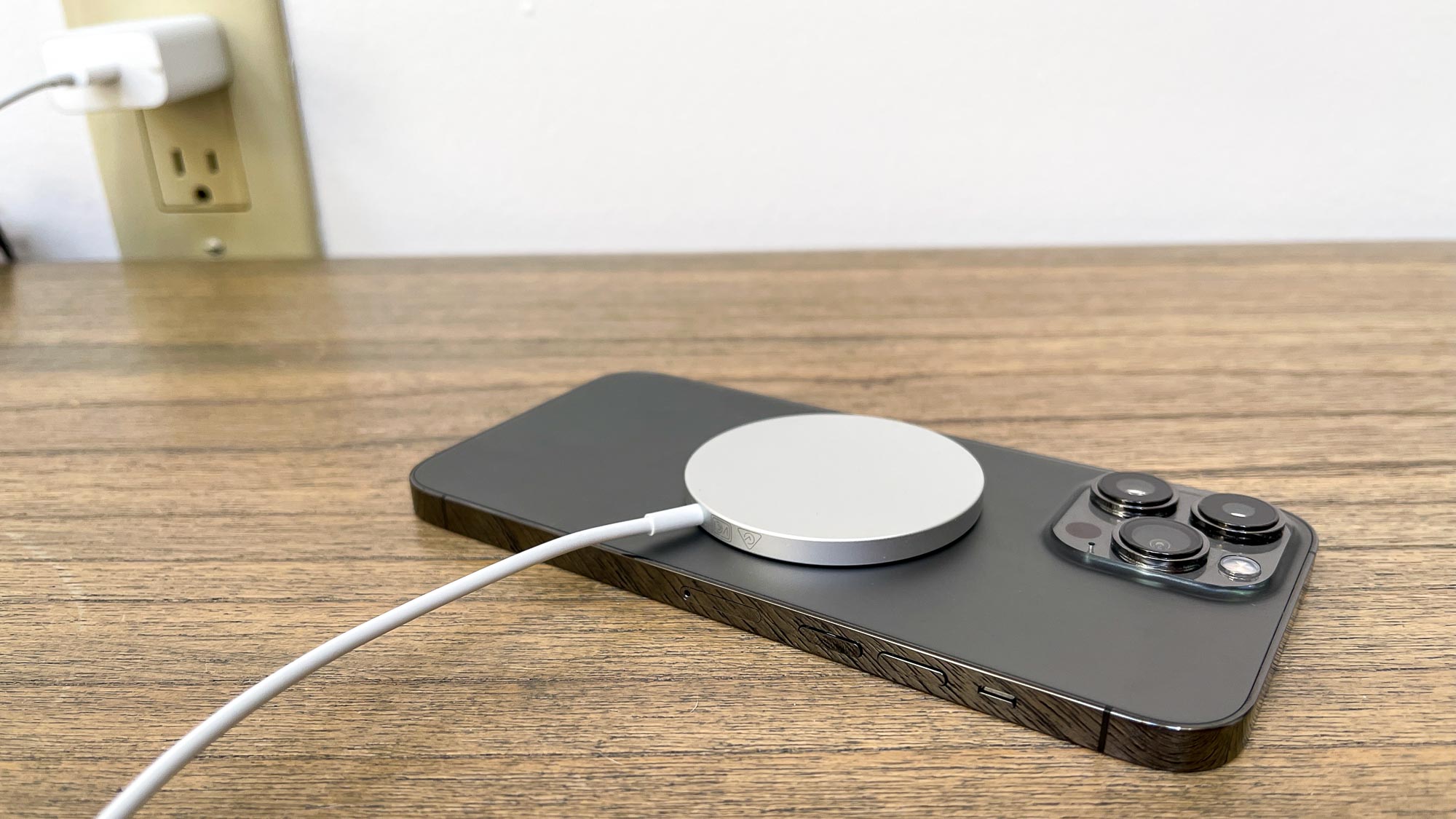iPhone 14 needs to fix the one thing I hate about the iPhone
Charging with the Lightning port can be a real bummer

There's a lot I love about the iPhone, from its seamless blend of hardware and software to its top-performing cameras and well-stocked app store. But as much as I enjoy Apple's phones — and I've been using one for all but one year of the product's existence — there's one component that absolutely drives me up a tree.
Friends, I hate the iPhone's Lightning port like I hate Hell.
If you think it's misguided to work myself up into a frothing rage at the thought of a simple charging port, a brief history of the different iPhones I've used may be in order. Starting in reverse chronological order, my iPhone 11 Pro Max has had trouble charging lately, requiring me to jiggle the Lightning cable at first and then to position my phone in such a way that something is pressing up on the cable to hold it in place just so that I can get a charge.
Another iPhone bites the dust
I know what the problem is — there's dirt or dust or some form of detritus in the iPhone 11 Pro Max's charging port that's keeping the Lightning cable from making a clean connection. I know that because I have run into the same problem with the last two iPhones I have owned.

My original iPhone SE performed like a champ for a few years until its Lightning port seemed to constantly clog with dust. The same fate befell my iPhone 4c before it. In all three instances, each iPhone worked perfectly for two years, give or take, before port problems became persistent and harder to fix.
And there is a fix, though how easy it is depends on your manual dexterity. We've got a guide on how to clean an iPhone’s charging port that involves little more than a tooth pick and a flashlight — you use the former tool to carefully remove debris and the latter so that you can see what you're doing in that sliver of a Lightning port.
Of course, there is a third tool you'll need to successfully get your iPhone charging again — the steady hands of a neurosurgeon, as it is terribly easy to inadvertently scrape the charging apparatus inside the Lightning port and cause lasting damage to your iPhone. I know this, as it's exactly what I did to my iPhone SE. These days, I just head to my local Apple Store and let the professionals clean out my Lightning port. That fix is a lot more reliable, though definitely not very convenient.
A future iPhone fix
Buying a case for your phone helps a little bit, provided that case comes with a covering for the iPhone port. But it's not a silver bullet — I kitted my iPhone SE out in just such a case back in the day, and though it worked for a time, eventually that flap covering the port snapped off after excessive wear and tear. (That's not surprising since you're accessing the charging port on your phone at least once a day.) In terms of keeping the Lightning port free of dirt, a case feels like it's merely forestalling the inevitable, at least in my case.
There's an old saying that two times is a coincidence and three times is a trend. Well, we're now on iPhone No. 3 being hampered by a malfunctioning Lightning port, so forgive me for thinking Apple's not doing all it can do to keep its charging port functioning for as long as possible.
I'd like to see the iPhone design change to address what strikes me as a fairly persistent problem. That could mean adding a built-in port cover, though I suspect that would meet the same fate as that iPhone SE case I tried way back when — over time, that's just another part that can break.

Apple could also try changing the port itself, and at least one iPhone 14 rumor suggests the phone maker could do precisely that. There's a long-standing rumor that Apple would ditching its Lightning standard in favor of USB-C, with the iPhone 14 Pro models the potential recipient of such a move.
But that change seems more likely motivated by the desire to improve charging speeds and cut down on proprietary charging devices. I'm not sure that switching to USB-C over Lightning would do much to improve durability. While I've never run into misbehaving USB-C ports on the Android phones I've used, it's also true that I haven't used those devices as regularly as I have the aforementioned iPhones. If I was carrying a Pixel in my pocket for two years or so, I'd imagine its charging port would see a fair amount of dust build-up, too.

I think the more likely solution to the charging port problem is to get rid of ports entirely. ("Can't have problems with ports if there are no ports," he said, while posting the guy-taps-the-side-of-his-head GIF.) The iPhone already supports wireless charging via the Qi standard, which means you can use it with any of the best wireless chargers for your phone (though Apple would really like you to commit to MagSafe accessories, I'm sure).
iPhone Lightning port outlook
At any rate, the durability of the iPhone's charging port is something Apple's going to need to address, particularly now that people are holding on to their phones for more than two years. Charging your phone is something you do every day, and it's critical that phone makers make sure that process works as dependably as possible for as long as possible.
Sign up to get the BEST of Tom's Guide direct to your inbox.
Get instant access to breaking news, the hottest reviews, great deals and helpful tips.
Philip Michaels is a Managing Editor at Tom's Guide. He's been covering personal technology since 1999 and was in the building when Steve Jobs showed off the iPhone for the first time. He's been evaluating smartphones since that first iPhone debuted in 2007, and he's been following phone carriers and smartphone plans since 2015. He has strong opinions about Apple, the Oakland Athletics, old movies and proper butchery techniques. Follow him at @PhilipMichaels.

